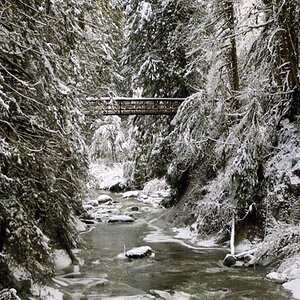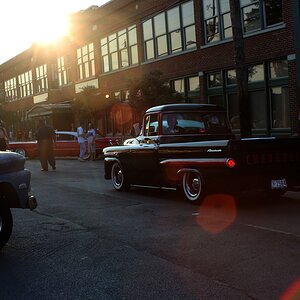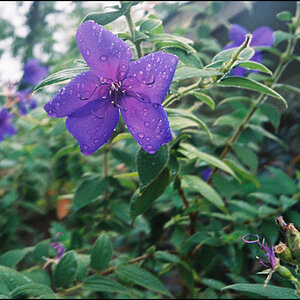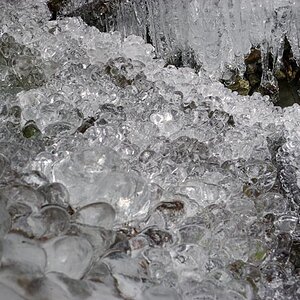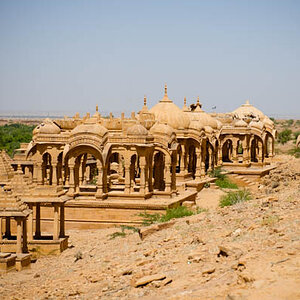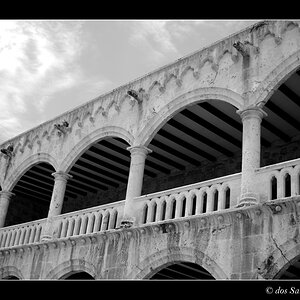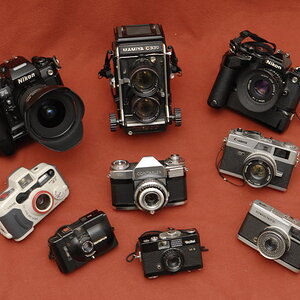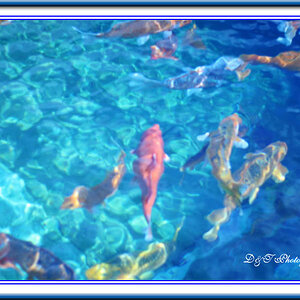arquivor
TPF Noob!
- Joined
- Dec 2, 2007
- Messages
- 1
- Reaction score
- 0
- Can others edit my Photos
- Photos NOT OK to edit
hello...
i'm interested in macro photography, mainly for biological articles on ants.
therefore, i wanted a good camera, with a good macro to capture the ant and detail on the leaf she's on.
in this example http://www.theteh.com/html/3rd_350d_49.html things are too much out of focus, that's no good for me
http://www.theteh.com/html/3rd_350d_54.html this one also has too little "field depth"
i need a powerful macro, with a big field depth.
it would also be good if i could stay a little further away from the ant, so i don't accidentaly frighten it. i think nikkon d80 and canon rebel xti are good choices, but i can't decide between the two.
choosing the lenses is hard too. do you have any suggestions or advice?
thanks in advance
i'm interested in macro photography, mainly for biological articles on ants.
therefore, i wanted a good camera, with a good macro to capture the ant and detail on the leaf she's on.
in this example http://www.theteh.com/html/3rd_350d_49.html things are too much out of focus, that's no good for me
http://www.theteh.com/html/3rd_350d_54.html this one also has too little "field depth"
i need a powerful macro, with a big field depth.
it would also be good if i could stay a little further away from the ant, so i don't accidentaly frighten it. i think nikkon d80 and canon rebel xti are good choices, but i can't decide between the two.
choosing the lenses is hard too. do you have any suggestions or advice?
thanks in advance




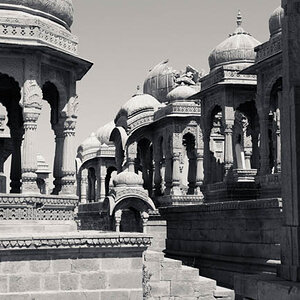
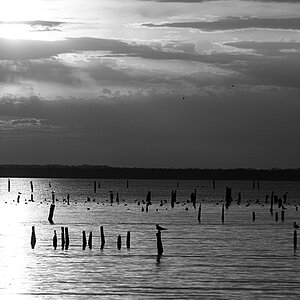
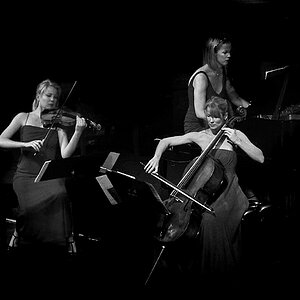
![[No title]](/data/xfmg/thumbnail/31/31753-281132967af6a422c89bcc0d6f16499a.jpg?1619734991)
